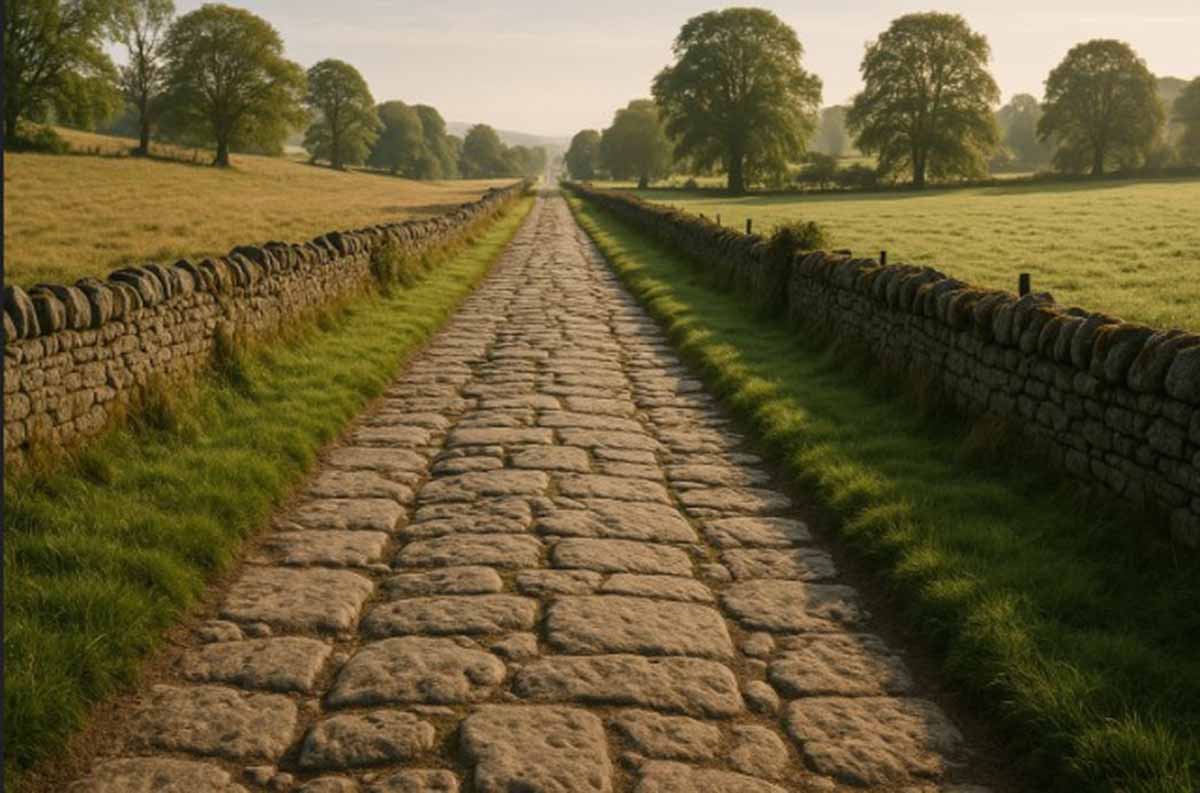The Impact of Roman Engineering on Cumbria
The story embedded in Cumbria’s landscape carries more than just historical charm. Along its winding rural paths and ancient stone structures lies the lasting legacy of Roman engineering. For educators, students, content creators, and history enthusiasts worldwide, understanding how the Romans shaped not only northern England but also the foundations of modern infrastructure is a valuable pursuit. The same principles applied in Cumbria continue to influence bridge design in the Americas, long tunnels in Asia, and dam systems in Africa. If we wish to understand where many global construction standards began, we only need to look at Cumbria and the civilization that once transformed it.
• Cumbria served as the Romans’ eastern testing ground for roads, walls, bridges, and water systems.
• Their roads set standards for alignment and solid foundation.
• Hadrian’s Wall and major forts demonstrated advanced defense planning.
• Even now, these same principles influence global engineering — from European high-speed rail to prototype transport systems in the Middle East.
Strong Roads and Bridges That Connect Regions
When morning light hits the straight stretch of Via Quintana near Carlisle, it serves as a reminder that well-aligned structures often outlast complex designs. Roman engineers used stone layers, gravel, and sand to build roads that wouldn’t sink into Cumbria’s damp soil. Drainage trenches on both sides helped rainwater flow freely. This simple yet effective method allowed steady movement of goods and troops, an idea still relevant in global trade.
The Romans didn’t focus on land routes alone. They also constructed bridges across the Eden and Esk rivers using joined stone blocks and wooden supports. The arches distributed weight evenly, a concept still visible in bridges like the Millau Viaduct in France or San Francisco’s iconic spans. Mathematics once applied in northern England over two thousand years ago still influences builders today.
Hadrian’s Wall and the Power of Organized Defense
Hadrian’s Wall wasn’t just a border line on a map. It functioned as a complex defense network with guard posts, towers, gates, and small forts with each defined role. Some structures observed enemy movement, others ensured supply stability, while some provided shelter. This tiered defense setup inspired later structures like the Great Wall of China and even modern sensor-based border systems.
The use of local stone was another key feature. Instead of transporting materials from the south, Roman builders sourced limestone and sandstone from Cumbria itself. The idea of using what’s available nearby resonates with today’s sustainable building movement, where architects in countries like Japan and Norway reduce emissions by working with regional materials.
Water Systems, Public Baths, and Hygiene
Rome’s success was largely driven by how it managed water. In Cumbria, engineers created flow systems from springs to camps using open channels and siphons. These kept water clean and reduced the spread of disease. The bathhouse at Vindolanda remains one of the earliest heated public bath examples in northwestern Europe. Warm air circulated beneath the floor through a hypocaust system, providing consistent comfort.
Locals were also taught the importance of cleaning gutters and channels regularly. This practice, first encouraged across Roman settlements, became a norm in city planning. Even today, organizations such as the United Nations consider proper water drainage systems vital to urban health.
Trade and Economic Connection
The roads and bridges didn’t just move troops; they created economic lifelines. Metals like lead and iron from the Lake District were transported toward the Mediterranean, while products such as wine, olive oil, and dried fruit traveled in return. A shared taxation system supported this trade as a model echoed in today’s customs and duty systems across multiple nations. It mirrors the trade function of modern freight railways, such as those stretching from China to Europe.
Lessons That Still Shape Construction
The strategies refined in Cumbria remain in use among today’s engineers. Straight roads continue to reduce travel time and fuel costs. Walls and towers built in modules can be upgraded without disrupting entire structures. Proper drainage systems are now tied to public health initiatives, while sourcing materials locally still helps minimize environmental impact.
Standing on the ancient stones at Birdoswald gives one the feeling of stepping onto the early draft of today’s sustainable city plans. These long-standing Roman methods remain central in building healthy, cost-effective urban environments.
Digital Mapping and Tourism Benefits
With help from 3D laser scanning and virtual reality, archaeologists now recreate forts and bathhouses without disturbing the original stones. Universities in countries like Canada and Australia use these digital models to teach engineering and history. Meanwhile, museums in the Middle East use immersive exhibits to highlight the global legacy of Roman infrastructure.
Tourism in Cumbria also benefits. Augmented reality apps allow visitors to view ruins as they once looked. By pointing a camera at a worn wall, a full digital version appears on-screen. This improves the tourist experience and helps local economies thrive through cultural interest.
Contributions from Women and Local Workers
Often missing from popular accounts are the women and workers who played vital roles. Tablets discovered in Vindolanda show that a woman contractor oversaw logistics for stone supply proving that women held key management roles even then. This organized and inclusive labor model is echoed in today’s international engineering firms, especially across Europe and North America, where women often lead projects in civil and environmental sectors.
A Living Archive of Proven Ideas
Cumbria doesn’t just preserve memories. It offers tested ideas that continue to serve communities worldwide. From precisely aligned roads to thoughtful water systems, Roman construction methods still inspire those designing for the future.
If you ever walk the cold hills of Cumbria and stand near its timeworn walls, you’ll realize something: these stones are not just relics. They are working reminders that ancient knowledge still builds our modern world brick by brick.
